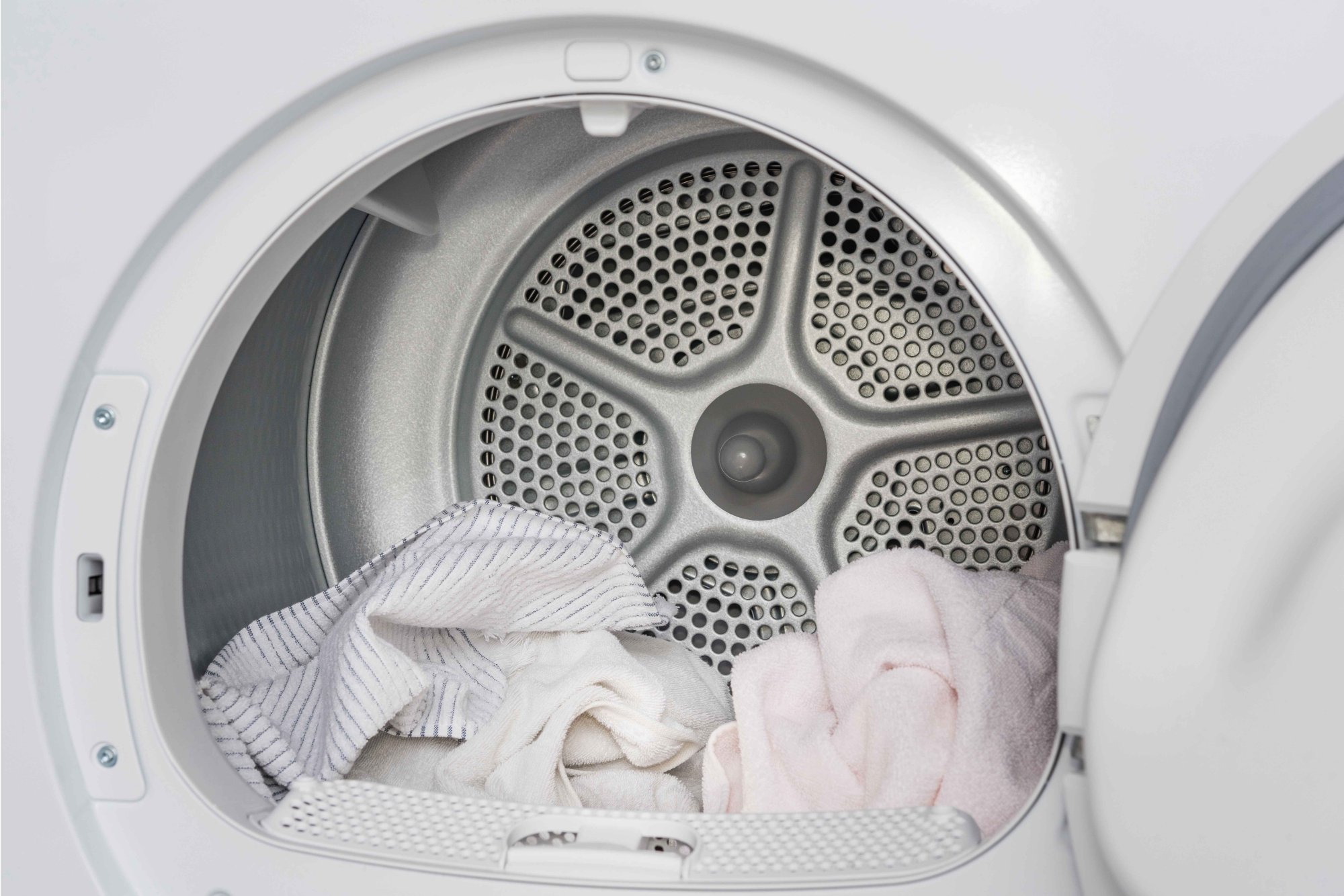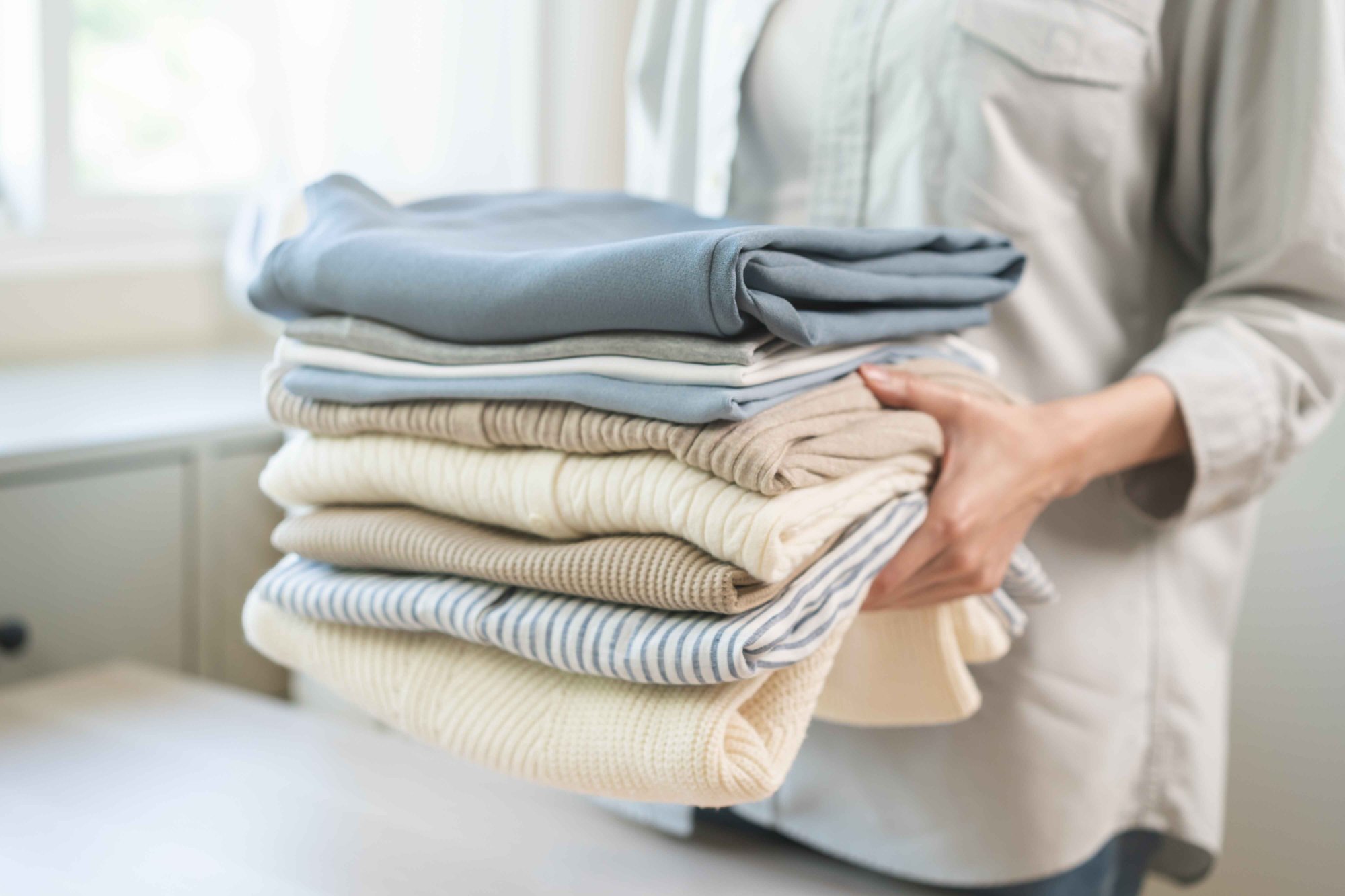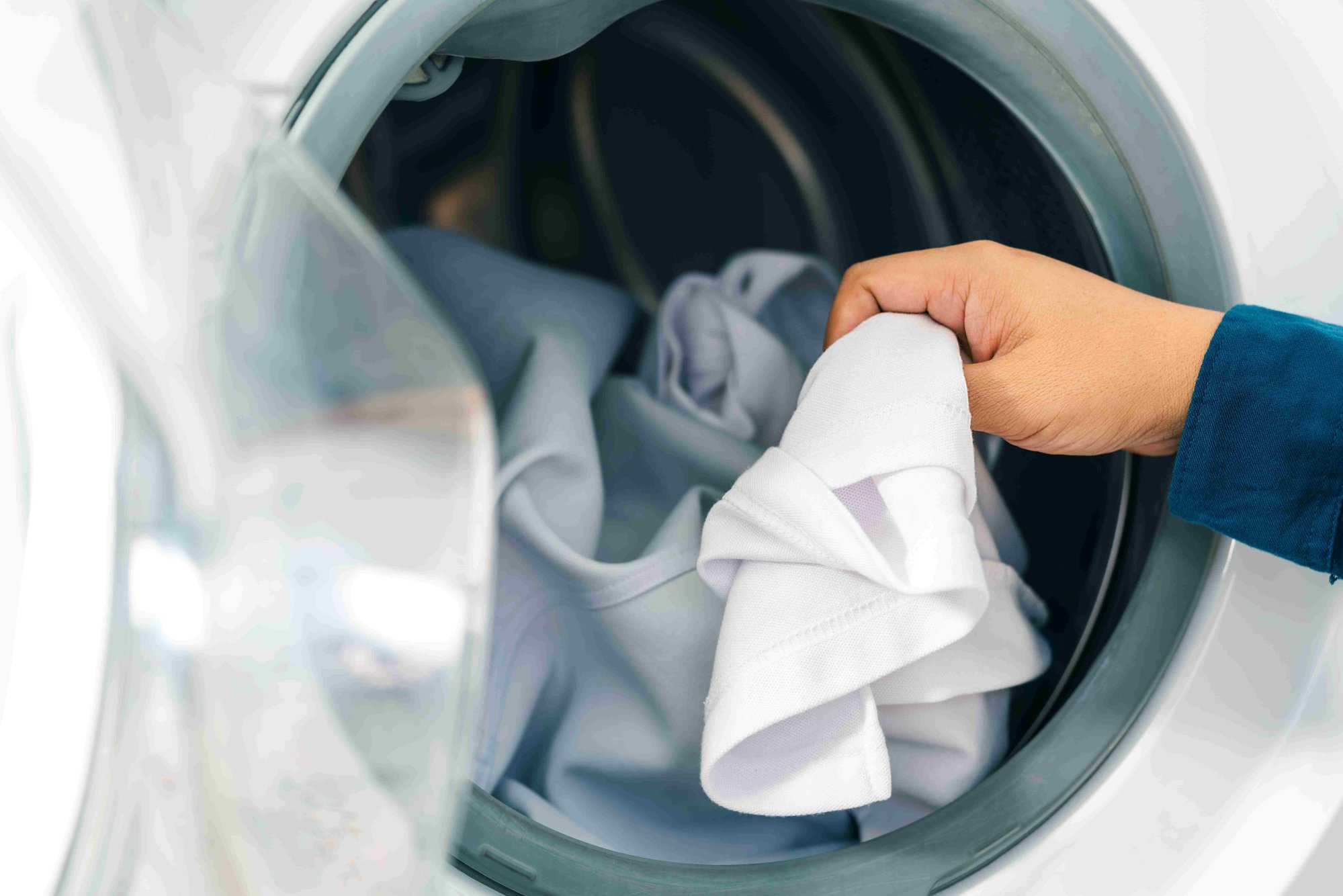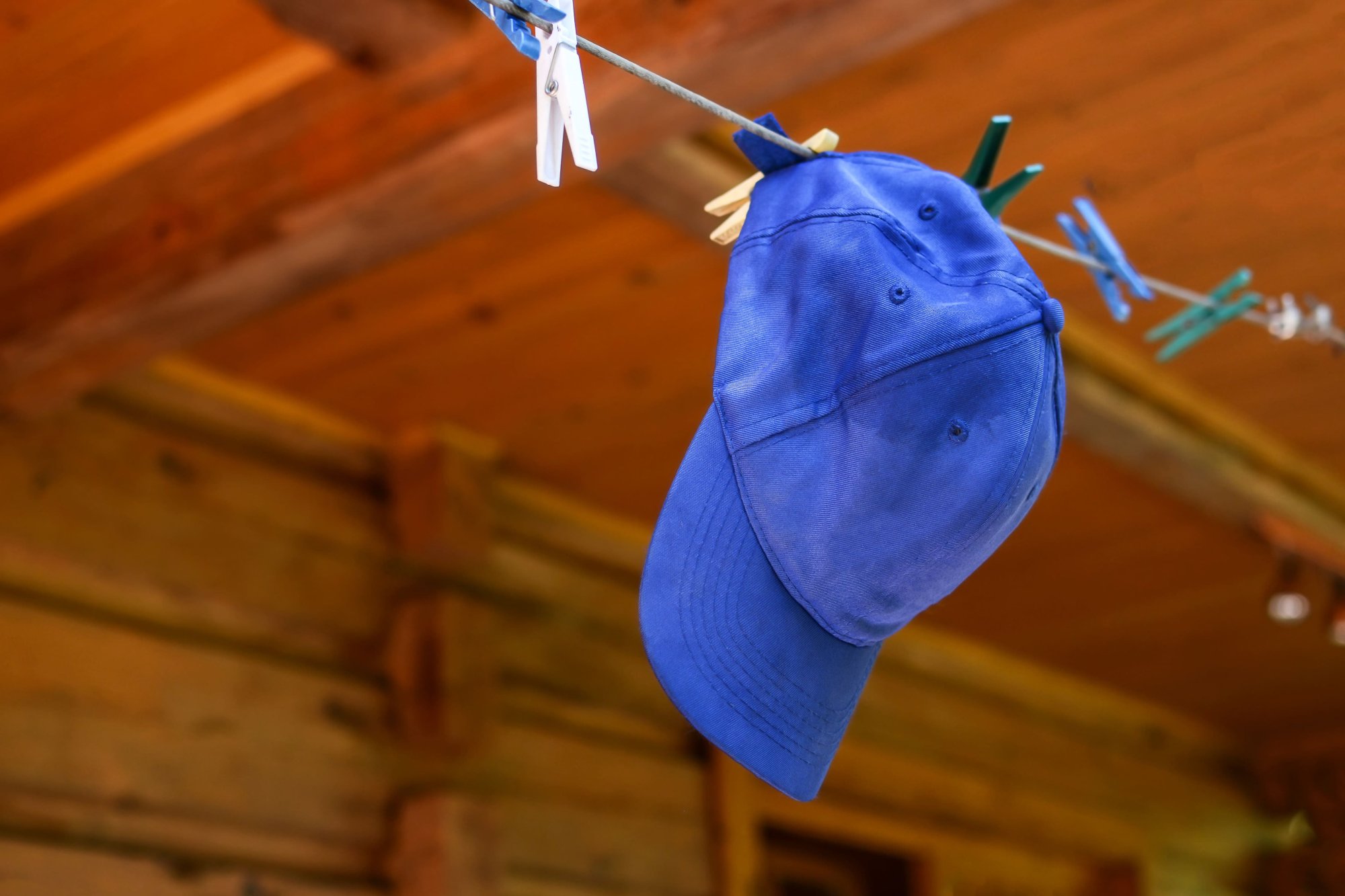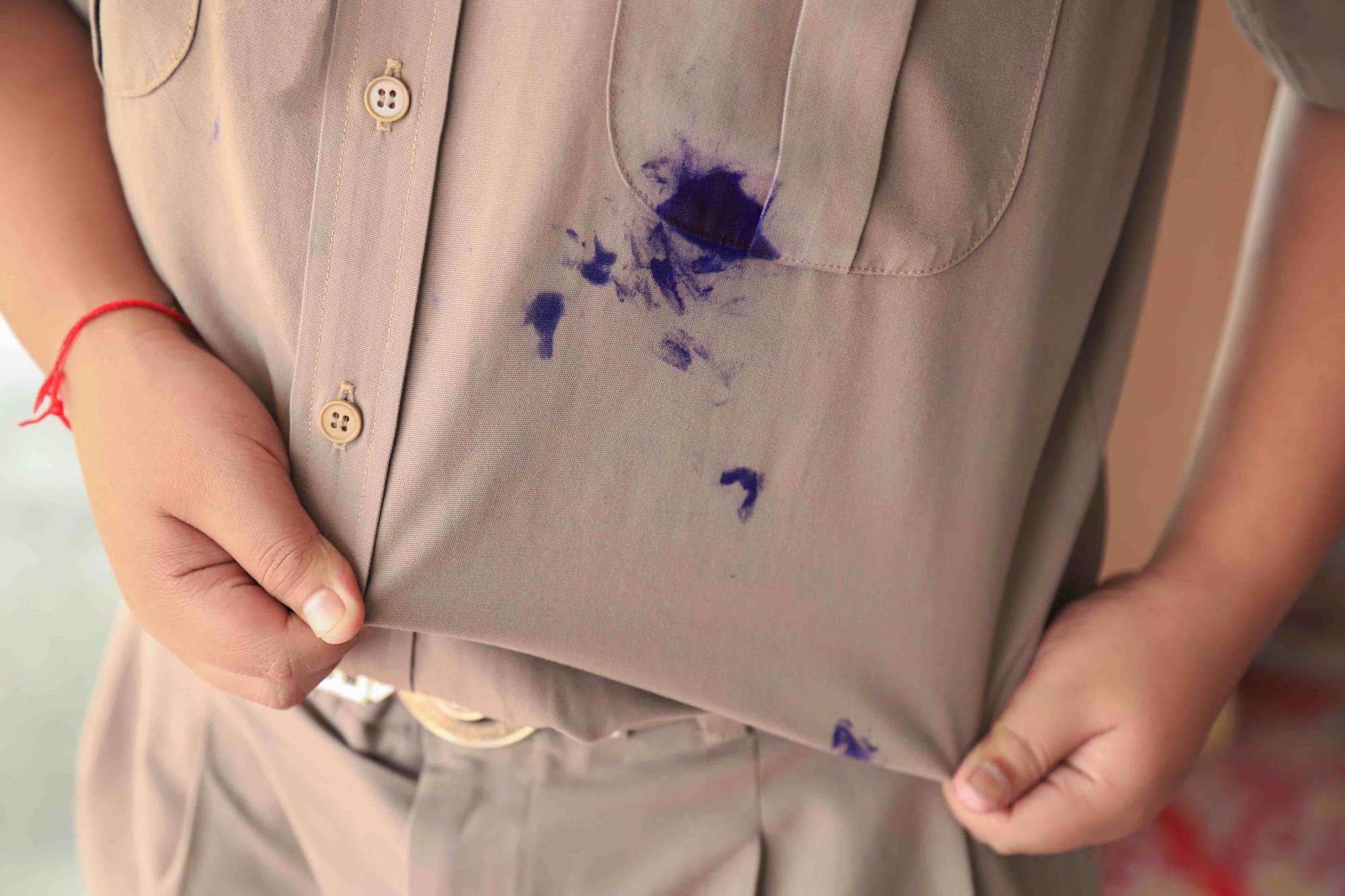Shrinkage of laundry in the dryer can be an unpleasant surprise that ruins the joy of freshly washed and dried clothes. A shirt that no longer fits or pants that suddenly became a size smaller is a problem that almost everyone has encountered. What Causes Laundry to Shrink in the Dryer? Shrinkage of fabrics in the dryer is the result of a combination of heat, movement, and the material's structure: Heat and Sensitive Materials Some fabrics, such as cotton, wool, or viscose, are sensiti...
Blog, Page 3
Fabric softener is a popular laundry helper, but not everyone wants or can use it. Whether you have sensitive skin, are trying to minimize the use of chemicals, or are looking for another way to keep your laundry soft as a cloud and pleasantly scented, there are plenty of alternatives to fabric softener. Natural Alternatives to Fabric Softener White Vinegar White vinegar is a great natural softener. Simply add half a cup to the fabric softener compartment. Besides softening the laundr...
Have you pulled your favourite shirt or dress out of the closet in the morning and been surprised by a musty smell? Have you washed a shirt recently and because of the strange aroma it may go in the wash again? There could be several causes. From dampness in the closet to insufficient drying after washing to long storage of clothes indoors. We advise you how to prevent the musty smell and how to get rid of it. Why do clothes stink? The most common reason is humidity. It is moisture that create...
The dryer is a great helper that can not only dry your laundry but also soften it. However, sometimes instead of a fresh scent, it surprises you with a dull or even unpleasant odour after taking out the clothes. What Causes the Odour in Laundry After Drying in the Dryer? One of the most common reasons is accumulated moisture in the dryer. If the dryer isn’t regularly cleaned or properly ventilated, mold can develop inside, causing a musty smell that then transfers to the laundry. Lint ...
Stiff laundry after washing can be an unpleasant surprise that ruins the feeling of freshly washed clothes. Whether it's towels that should be soft and cosy or T-shirts that have lost their smoothness, many of us struggle with this issue. The good news is that laundry stiffness has specific causes that can be easily identified and eliminated. What Causes Laundry Stiffness? The most common culprit is hard water—it contains high levels of minerals like calcium and magnesium, which sett...
Most people add fabric softener to their laundry because they don't want their clothes to stay hard. Although fabric softener is still the biggest favourite, there are other methods you can use to make your laundry feel soft to the touch without using it. Why Does Laundry Harden After Washing? The hardness of laundry can be caused by: Hard water containing minerals (calcium, magnesium) – these settle on fabrics, Using the wrong detergent, which may leave chemical residues on clothi...
Washing a cap properly is important to avoid damaging it and to maintain its shape. Read on to learn how to gently and effectively wash a cap so it looks like new again. Check the Label on the Cap Before tossing your cap into the washing machine, always read the manufacturer's care instructions on the label. Some caps may be suitable for hand washing only or require special care. Clean the Cap Before washing, remove visible dirt and dust using a soft brush or cloth. If there ...
Ink stains can be more difficult to remove from clothing. The key is to "strike while the iron is hot," as ink contains components that can quickly penetrate fibres and cause permanent damage. The sooner you start treating the stain, the higher your chances of successfully removing it. Tips for Removing Ink Stains If ink has just spilled, gently blot it with a paper towel or a clean cloth. However, avoid rubbing the stain too much to prevent spreading the ink. Soak a cotton pad or c...
Whether it’s a spilt pen, a printer ink, or a writing mishap, ink contains dyes and chemicals that quickly absorb into textile fibres. If not removed immediately, the stains can become permanent. It's important to act quickly to prevent the dye from setting into the fabric. Tips for Washing Out Ink If the stain is fresh, gently blot it with a paper towel or cloth to remove excess ink. Do not rub, as this may spread the stain. Before cleaning, place a clean cloth or paper towel under...
Whether it's an unfortunate moment in the kitchen or a drop of motor oil, removing greasy stains can be a challenge. Fortunately, there are several effective ways to get rid of them and restore your clothes to their original beauty. Oil stains are among the most stubborn because the grease has the ability to quickly soak into the fabric fibres, resulting in unpleasant dark spots. Moreover, unlike other stains, oil repels water, meaning that regular machine washing is often not enough. Ho...


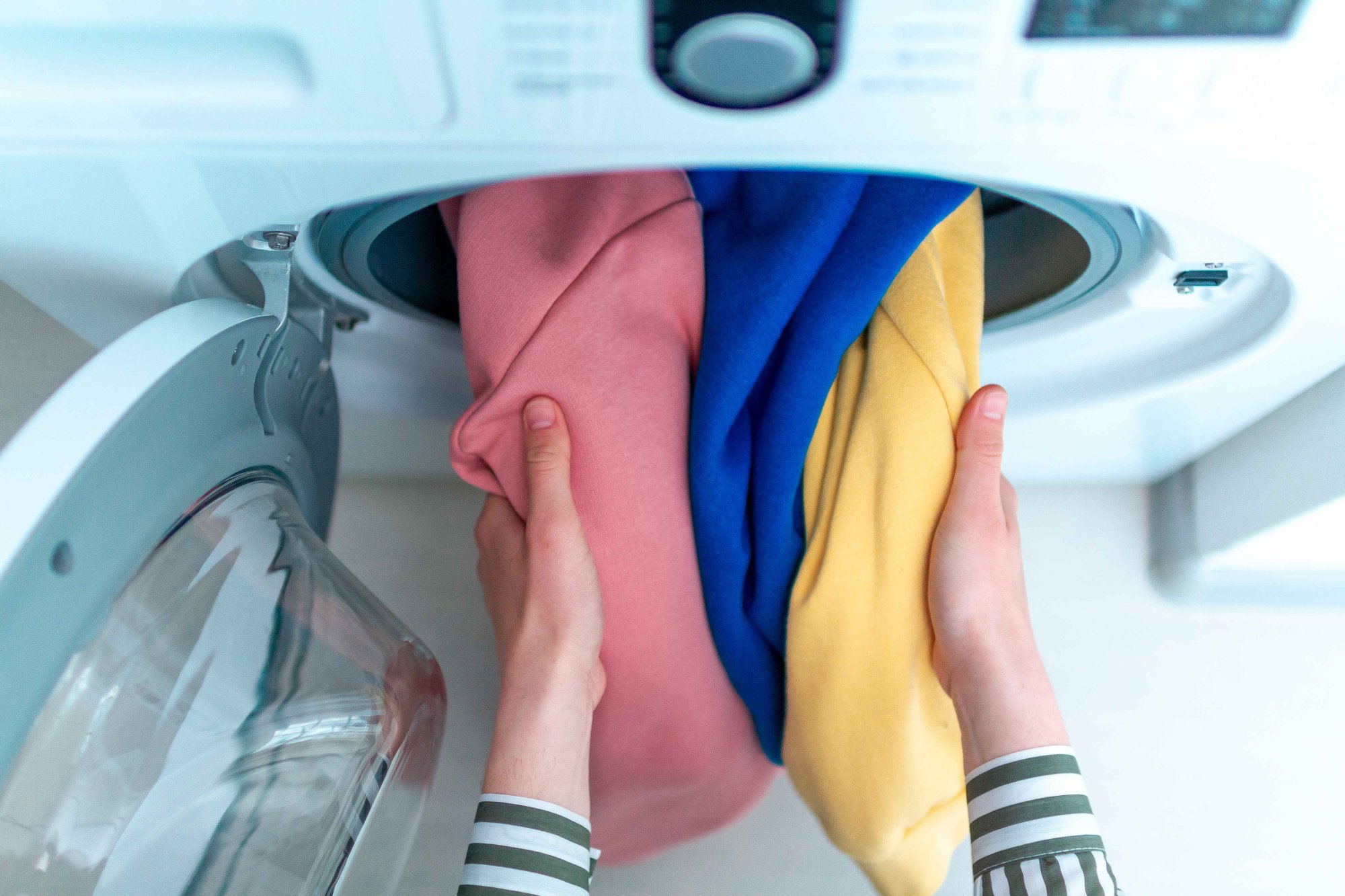
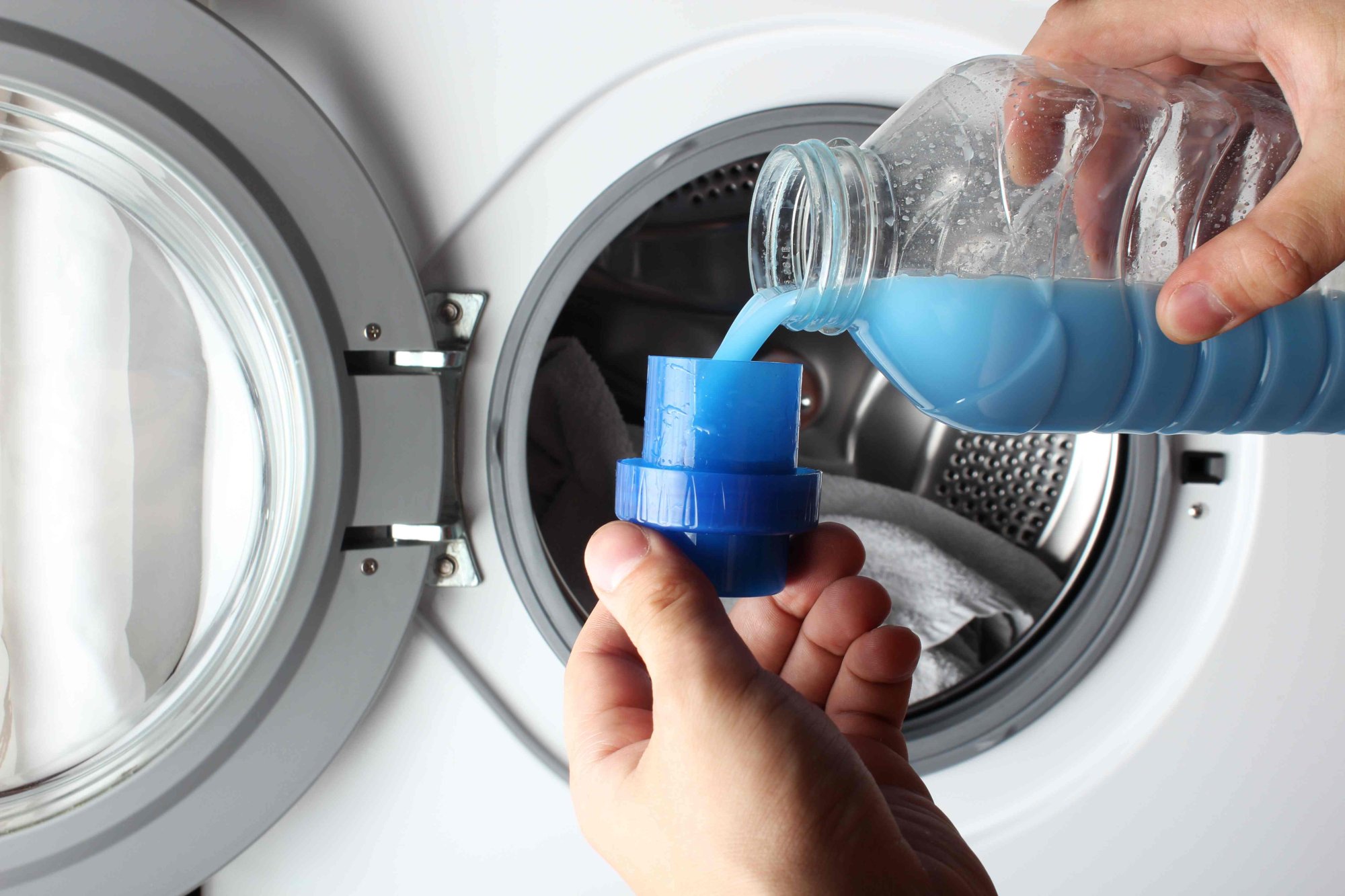
.jpg)
